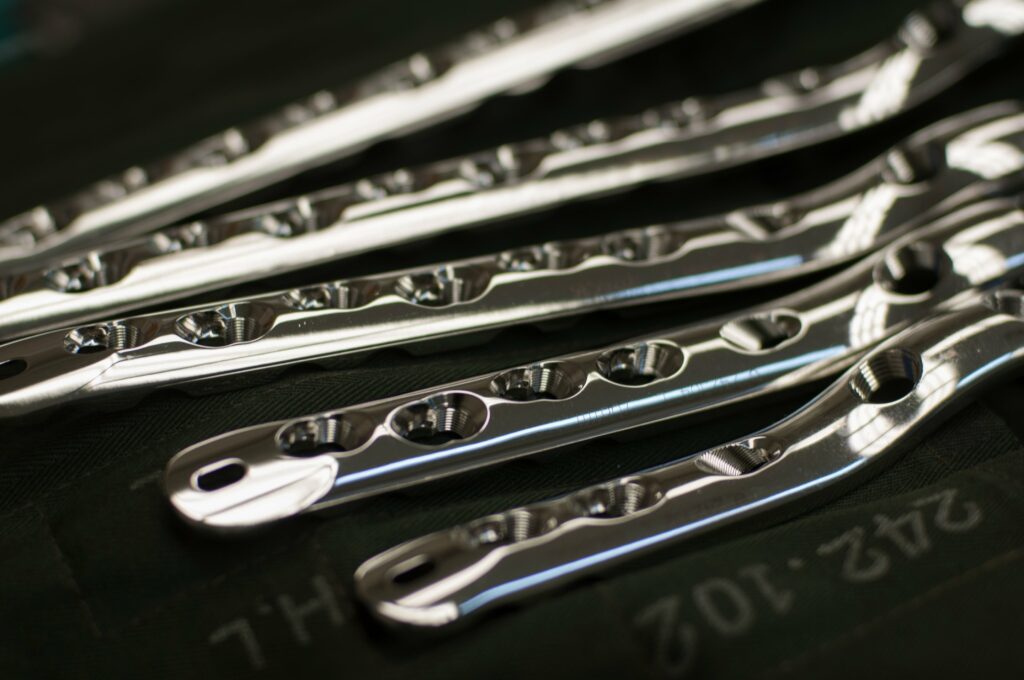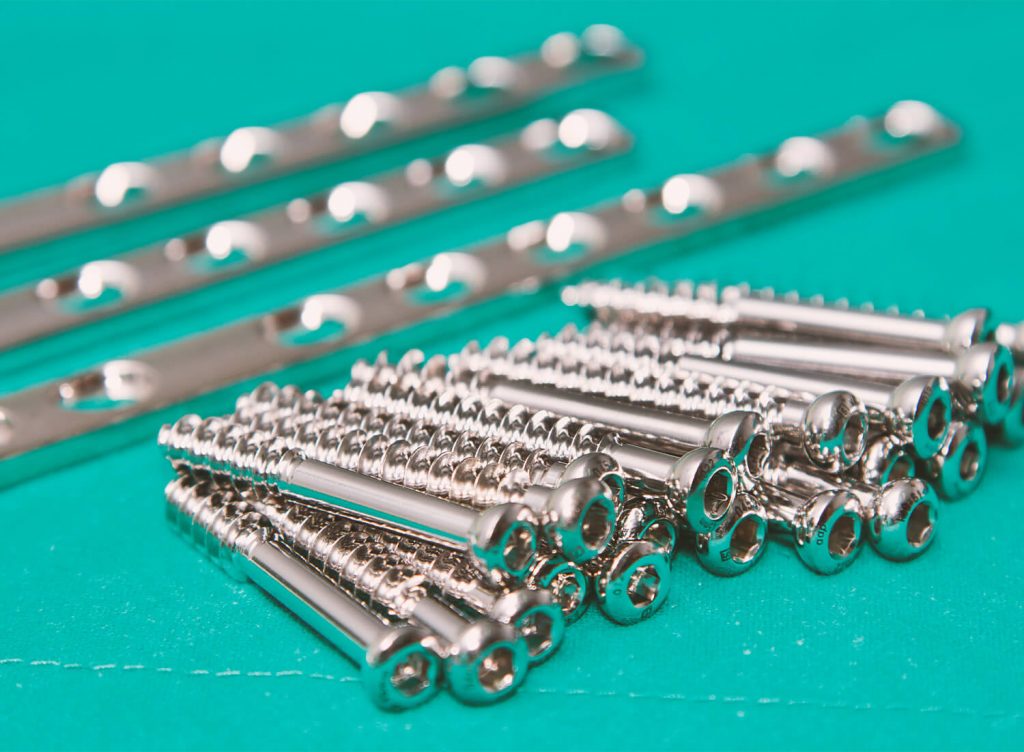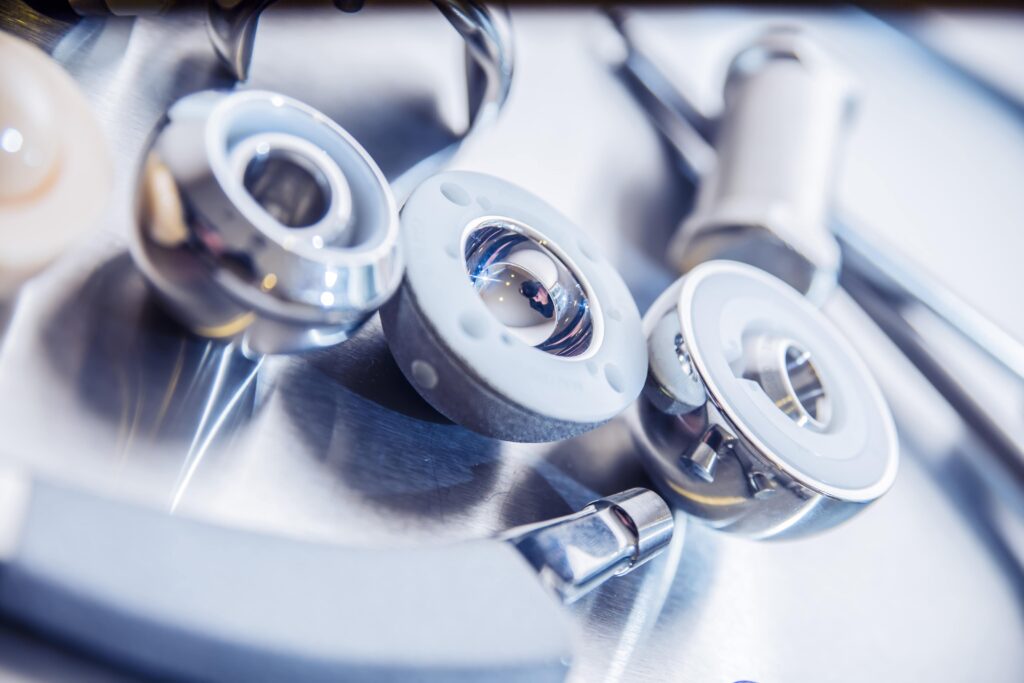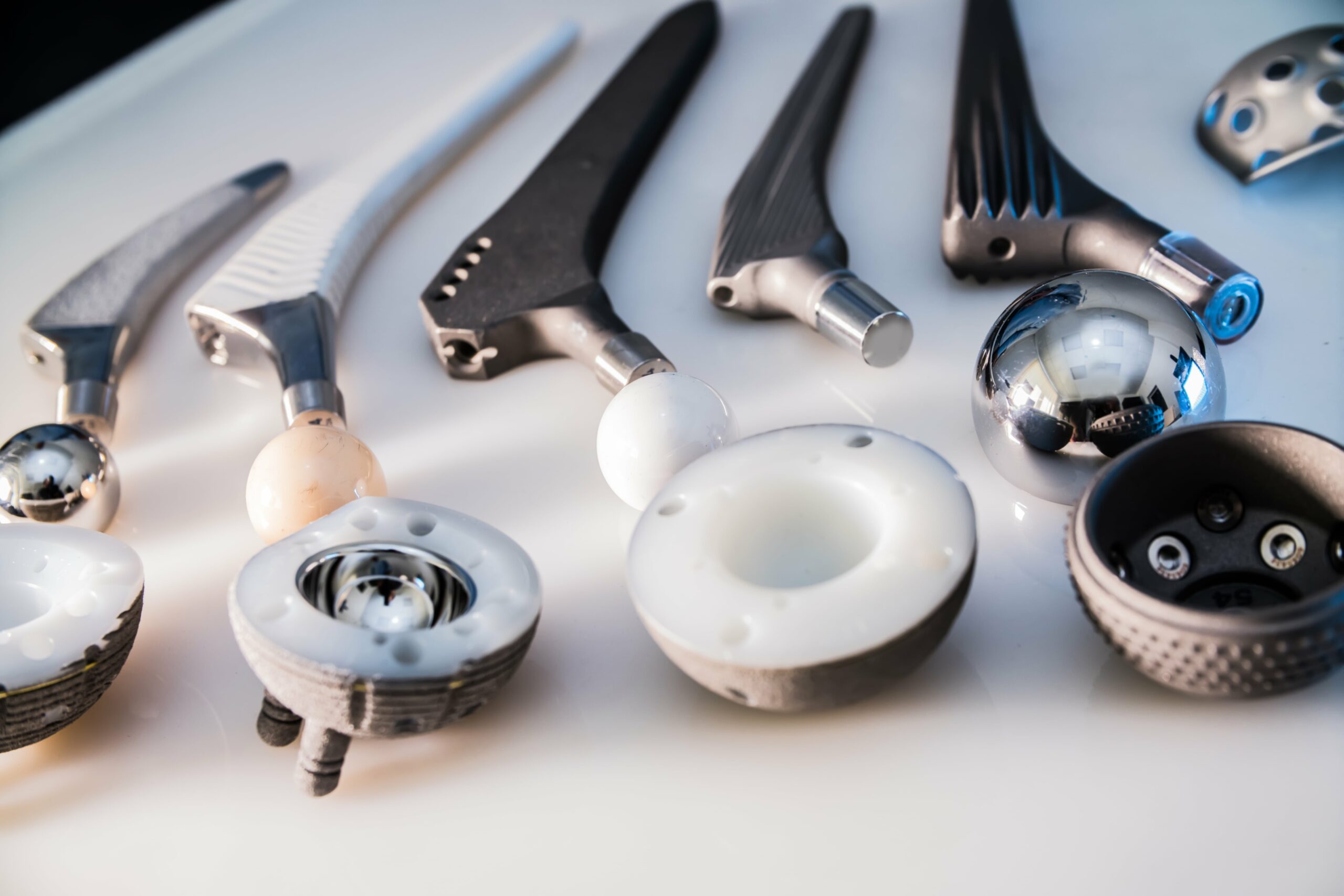In 2017, cobalt was up-classified by the European Chemicals Agency (ECHA) with respect to its carcinogenic, reproductive toxicity and mutagenic hazard potential. In response to this, representatives from medical device companies have produced a review titled: ‘An Integrated Benefit-Risk Assessment of Cobalt-Containing Alloys Used in Medical Devices: Implications for Regulatory Requirements in the European Union’ that has recently been published as a pre-proof version by the Journal of Regulatory Toxicology and Pharmacology.
In our topical article below, our Operations team summarise the key messages from this publication, with the aim of assessing whether the benefits of using cobalt in medical devices outweigh the potential risks.
The up-classification of cobalt: Some context
In 2017 the Risk Assessment Committee (RAC) of the ECHA proposed the up-classification of cobalt to Category 1B with respect to its carcinogenic and reproductive toxicity hazard potential, and to Category 2 for mutagenic hazard potential. This suggestion was based on two inhalation carcinogenicity studies in rats and mice with metallic cobalt powder.
Following in 2020, the European Commission included the up-classification of cobalt in the amendment of the Classification, Labelling and Packaging (CLP) regulation.
The Medical Device Regulation (MDR) states that the use of Category 1A or 1B carcinogenic, mutagenic or toxic to reproduction (CMR) substances in medical devices > 0.1% w/w, require justification based on:
- A risk assessment by estimation of potential patient or user exposure to the substance
- An analysis of possible alternative substances, materials or designs and the argumentation as to why possible substance and/ or material substitutes or design changes are inappropriate in relation to maintaining the functionality, performance and the benefit-risk ratios of the product
- The labelling of the substance content on the device, including residual risk for the treatment of particularly vulnerable patient groups (e.g. children, pregnant or breastfeeding women)
Since cobalt-containing alloys and stainless steels containing cobalt exceeding the 0.1% w/w limit are commonly used in a wide range of medical devices, the up-classification of cobalt has major implications for medical device manufacturers. The ECHA evaluation for the up-classification of cobalt did not however, consider data on cobalt-containing alloys nor evaluate the implications of the up-classification for the application of cobalt in medical devices – both of which would have been particularly relevant for the industry.
As such, through their publication, the authors of ‘An Integrated Benefit-Risk Assessment of Cobalt-Containing Alloys Used in Medical Devices: Implications for Regulatory Requirements in the European Union’ aim to:
- Provide a review of the dose and exposure-response for cobalt toxicity
- Evaluate the applicability of cobalt hazard classification to medical devices containing cobalt-containing alloys
- Risk assess and justify the presence of cobalt-containing alloys in medical devices in relation to the benefits for patients
In turn, below we seek to summarise the key messages covered in this publication to provide a risk-benefit overview.
Reproductive toxicity
In terms of reproductive toxicity, the publication discusses how preclinical data shows that adverse reproductive effects of cobalt are actually only observed in rodents, and only when the maximum tolerable dose (MTD) is exceeded.
Regarding human testing, the limited data doesn’t demonstrate any teratogenic effects in humans following “systemic cobalt exposure from a cobalt-containing medical device” and suggests that there is “no correlation between cobalt exposure and male reproductive effects in adults with cobalt-containing prosthetic devices”. That said, it’s worth bearing in mind that determining whether a compound is a reproductive hazard is often, by necessity, based on animal data.
The publication suggests that considering the above, a reproductive hazard to persons exposed to cobalt-containing alloys within a medical device would be unexpected.

Carcinogenicity
There was no credible evidence found during a review of longitudinal epidemiological analyses, that exposure to cobalt-containing orthopaedic implants is associated with an increased risk of cancer.
Secondly, there was no significant increase seen in tumours during animal studies that were evaluating alloys via relevant exposure routes.
And thirdly, the preclinical studies reviewed showed a lack of a “cobalt-containing-alloy-specific local tumour response”, which aligns with the clinical observation that local tissue sarcomas near implants with higher exposure to metal are in fact extremely rare.
The FDA’s “Biological Responses to Metal Implants” analysis further supports the findings above, by stating that “while isolated reports exist of cancers associated with metal implants, data from multiple large registries has failed to support any increased risk of malignancy with metal implants”.
Critical factors: Exposure, Cobalt-concentration and Mechanical stress
Cobalt’s presence within medical device products is wide-ranging due to its excellent resistance to fatigue and corrosion. Cobalt-based alloys also exhibit a good balance between biocompatibility and beneficial material properties. Cobalt can be found:

- Within medical devices where cobalt is present as a key alloying element (e.g., CoCr cobalt-chromium alloy)
- Within long-exposure devices such as orthopaedics (e.g., hip and knee replacements, rods, screws, and plates) and vascular intervention (e.g., stents and heart valves)
- Within limited-exposure devices such as instruments for orthopaedics, guide wires, injection needles and aspiration needles
Cobalt can also be present as a low-level residual ingredient in devices made of stainless steels or other cobalt-containing alloy materials like titanium and nickel-titanium alloys. In those alloys, cobalt content can reach up to 10%, but this concentration is apparent mainly in limited-exposure devices such as cutting devices or drill bits. For long-exposure devices made of titanium or nickel titanium alloys cobalt is present as an impurity, and is controlled to levels that are less than 0.1% w/w.
The alloying process of cobalt generates a material with physical and chemical properties that are distinct from pure metallic or soluble cobalt compounds and as such warrants distinction and consideration when examining toxicological outcomes. The publication provides a useful reference list regarding the assessment of reproductive toxicity and carcinogenic potential of cobalt-containing alloys.
Evidence shows that long-term mechanical forces, especially for metal-on-metal articulation, is the primary determinant of whether the cobalt concentration in blood or serum increases.
The publication clusters cobalt-containing medical devices into five groups in respect to their exposure, cobalt concentration (in alloy), design, and expected mechanical stress. For all five scenarios an estimated range of serum and blood cobalt concentration is provided and related to a reference range including a typical dietary background.
For the first three groups the cobalt-related systemic effects sit within the reference ranges in routine biomonitoring (typically 0.2 to 0.6 μg/L). Only for Group 4 (where both joints of a metal-on-metal articulation are cobalt alloys) and Group 5 (where catastrophic failures from ceramic residues of previously shattered ceramic implants ‘grind down’ the metal head) show above the reference / background range.

What’s the alternative?
Cobalt-based, stainless steel, and titanium-based alloys are the most commonly used metal alloys for implantable medical devices.
Titanium-based alloys or ceramics could provide theoretical alternatives for cobalt-based alloys or stainless steel, but it’s important to consider that:
- For some applications, titanium-based materials are just not suitable – their low resistance for plastic shearing would not be appropriate for articulated joints for example
- The potential shattering of ceramic materials may cause a catastrophic failure
Therefore, a shift to an alternative substitute for which there are unknowns in terms of safety, properties and long-term performance would result in an unknown shift in risk-benefit. As the publication succinctly summarises:
“No other material matches the unique combination of biocompatibility, strength, corrosion resistance, and wear resistance of cobalt-containing alloys across such diverse applications and device designs.”
In conclusion: Assessing the risk level
Millions of patients worldwide have received cobalt-containing implants – and yet the number of case reports for cobalt-related systemic effects remains limited.
Epidemiological research has demonstrated a lack of all cancer risk including site-specific cancer effects in patients with cobalt-containing implants. Whilst extremely rare, more severe health effects such as cardiomyopathy are more likely than a reproductive toxicity or carcinogenic response when a very high systemic concentration of cobalt is present. That said, the publication outlines that there is overwhelming evidence that most cobalt-containing hip implants (which represent an upper bound in terms of cobalt-exposure compared to other cobalt-containing medical devices), do not represent a considerable risk for systemic cobalt toxicity. In short, the combined assessments support the notion that cobalt alloys and stainless steels used in medical devices are unlikely to reach exposure levels that will cause reproductive toxicity or carcinogenicity.
Furthermore, knowledge and understanding of the substantial differences between pure cobalt metal and alloys containing cobalt is the product of a history of successful development and use of cobalt-containing medical devices. And as the publication notes: cobalt-containing alloys encompass decades of clinical experience and engineering culminating in widespread use and demonstrated safety.
Finally, comprehensive review of the benefit-risk profile and an assessment of alternative materials strongly support the continued use of cobalt-containing alloys in medical devices. Indeed, these materials have positively impacted on the health of a broad and diverse patient population with minimal risk of cobalt-related health effects. With their unique properties, cobalt-containing alloys are critical components of medical devices and provide a safe and often life-changing option for patients.
The publication used for this topical article – ‘An Integrated Benefit-Risk Assessment of Cobalt-Containing Alloys Used in Medical Devices: Implications for Regulatory Requirements in the European Union’ was edited by authors from the major international medical device companies, which illustrates the importance of this topic. As such, moving forward it is expected that the publication will be cited in many future risk assessments and technical dossiers for cobalt-containing medical devices to fulfil the MDR requirements.
Should you have a cobalt-related challenge, or require assistance in the biocompatibility field more generally, our Operations team here at Congenius is ready and happy to help. Simply get in touch to start a conversation.

